New Age Museums can dramatically boost tourism
In our recent story titled “Finding a new home for TV stations and memorabilia” we pointed out that the Australian Museum of Motion Picture and Television (AMMPT) has been seeking a home for the last decade, without success. It would seem that remembering our immediate cinema, radio and television past is not the highest priority in certain quarters.
Meanwhile, the Wireless Hill Telecommunications Museum is undergoing changes where there will be a different emphasis and style of presentation… designed to appeal to more people and display a wider range of fields. This is covered in great detail in our series “Wireless Hill Future” – in six parts.
Other countries cherish heritage and preservation most dearly. Maybe because their history extends for centuries rather than back to 1829 and the humble origins of the Swan River Colony.
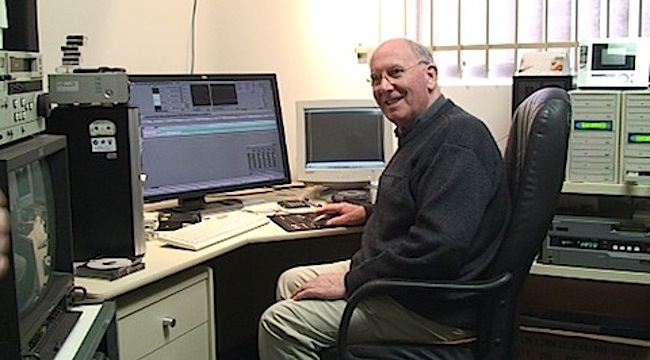
Immediate past vice president of AMMPT Harry Smith visited a futuristic museum in England, from which we in Perth can learn much. The National Media Museum (formerly the National Museum of Photography, Film and Television) is a museum in Bradford, West Yorkshire, England. This is not an old establishment holding dusty relics from the distant past, but a new, bright and colourful living museum that encourages the hands-on public to participate. It is a huge complex on a small hill overlooking the Bradford City Town Hall and the City Centre.
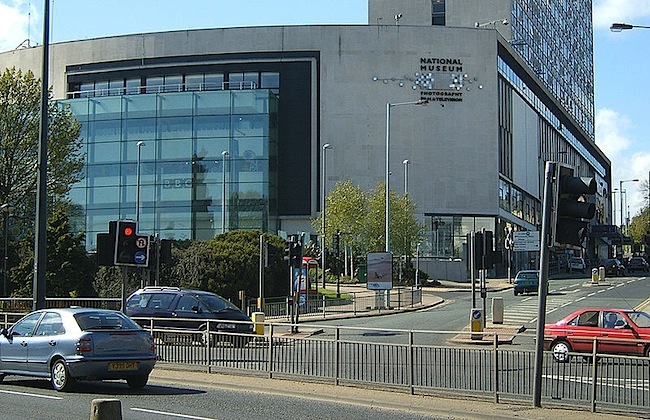
The Museum is situated right in the heart of Bradford, which has a population of 300,000 people and attracts over 600,000 visitors per year. It exists to promote an appreciation and understanding of media through eight floors of galleries, an extensive collection and research facility, and three cinemas including an IMAX theatre.
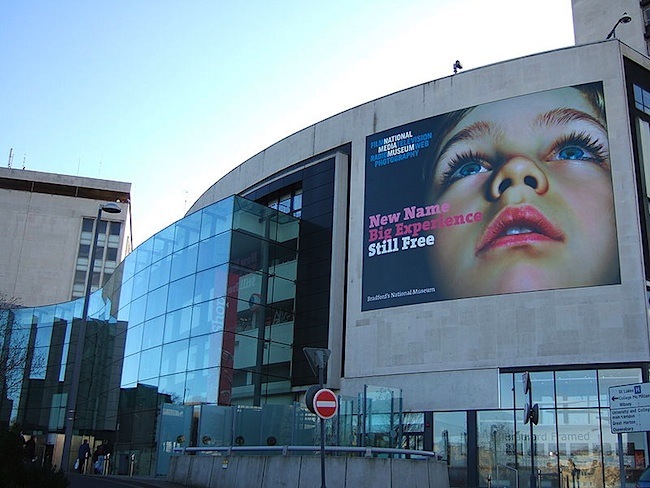
The National Media Museum has three cinemas:
- The Pictureville Cinema containing 306 seats
- The Cubby Broccoli Cinema (in memory of Cubby Broccoli, producer of James Bond films) containing 108 seats
- The IMAX cinema
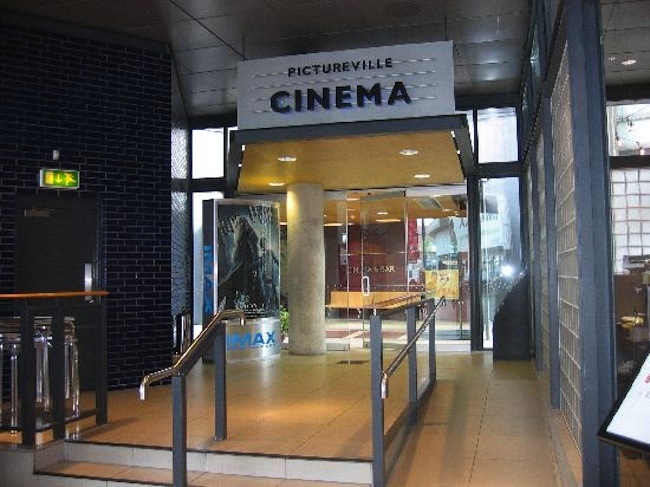
The Pictureville Cinema entrance
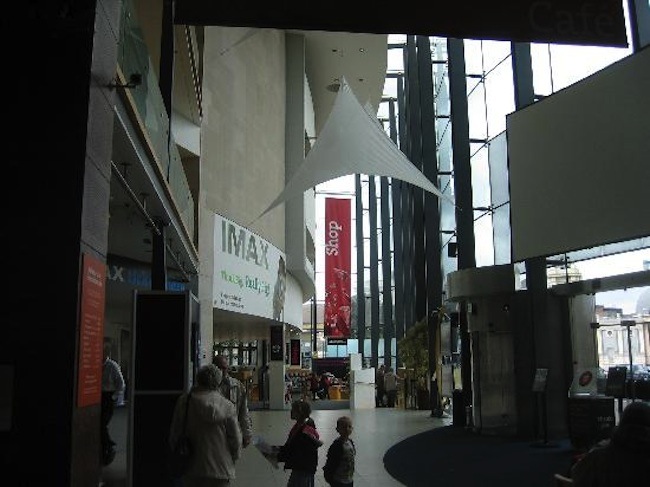
The IMAX cinema entrance
Two interactive television galleries were developed to let visitors operate cameras on a studio set with programmed sound and lighting, use vision mixers, to read a news item from an Autocue and discover how Chroma-key works. A television studio that enables live broadcasting from the museum was first used by British breakfast’s TV-am and later Nickelodeon. This equipment is used to teach students from the School of Computing, Informatics & Media (SCIM), with whom the museum has a partnership for Bachelor of Science (BSc) and Bachelor of Arts (BA) courses in media and television.
The museum is also host to courses taught with the University of Bradford’s Electronic Imaging and Media communications (EIMC) Department including BSc Media Technology & Production, BSc Creative Media & Technologies, BSc Computer Animation and Special Effects and BA Media Studies. Subjects include broadcast television using the TV studio on its top floor.
EIMC graduates work across the new media industries in organisations such as the BBC, FreeServe, Granada Media and numerous smaller production and postproduction facilities. Students exhibit their final year project work at the National Media Museum, where The Degree Show is an opportunity for employers and members of the public to see the results of an intensive year’s work.
The EIMC Degree Show is held in the Pictureville Cinema, which is one of the best equipped cinemas in the world. It is equipped for 35 mm, 70 mm, 2K resolution and Cinerama projection. The cinema features Dolby Digital EX, DTS and 8 Channel SDDS digital sound systems.
The National Media Museum has seven permanent exhibitions:
- Kodak Gallery – Covering photography from the 1840s.
- Experience TV – 200 objects from museum collections, and hands-on displays.
- TV Heaven – An opportunity to select from 1000 television programmes to watch.
- Magic Factory – The science behind television.
- Animation – The history of animation, with a permanent “Animator in Residence” involved in the museum’s workshops.
- Profiles Gallery & IMAX Projector Box – the film collection.
- Games Lounge – Retro games from your childhood to play in the foyer area
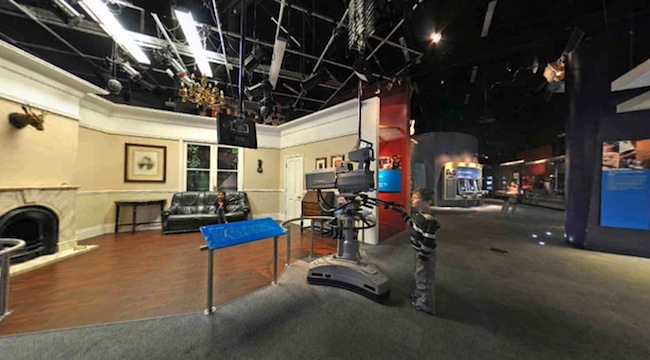
Television galleries that let visitors operate cameras on a studio set
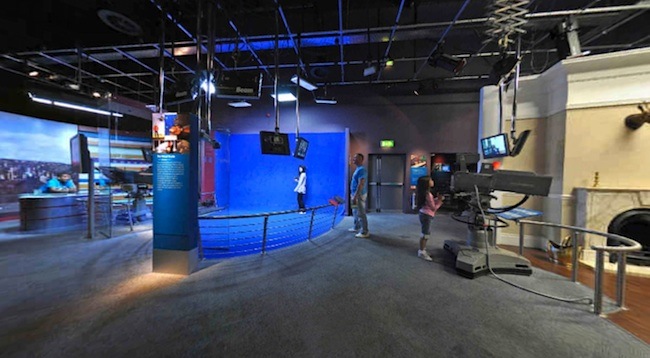
Discover how Chroma-key works
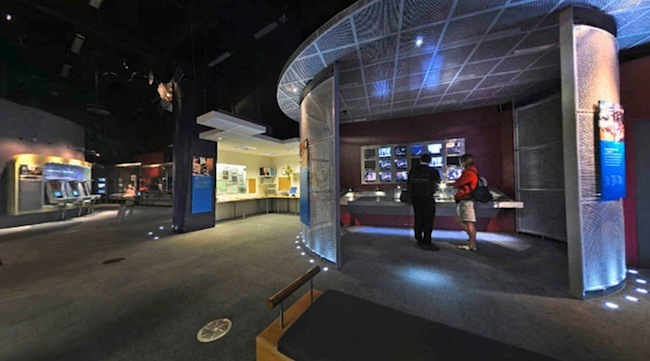
A studio set with programmed sound and lighting and vision mixer
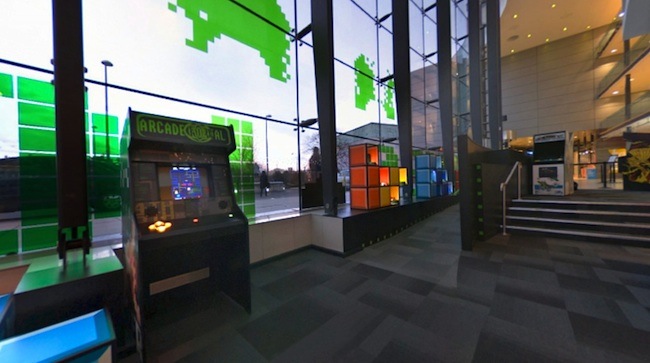
Vintage arcade games
The youth relate most favourably to the early computer games which evolved throughout their childhood. It is this type of nostalgia they connect to, rather that items they have never heard of. Yet opportunities exist to introduce youngsters to devices which were forerunners to gadgets they are familiar with. At a young age they learn to use a QWERTY keyboard as a computer input device, but then are fascinated when introduced to and explained the origins of the typewriter. Sending SMS or TXT messages is all the rage with youngsters, yet aged exponents of Morse Code can demonstrate an uncanny ability to send messages faster using ancient technology.
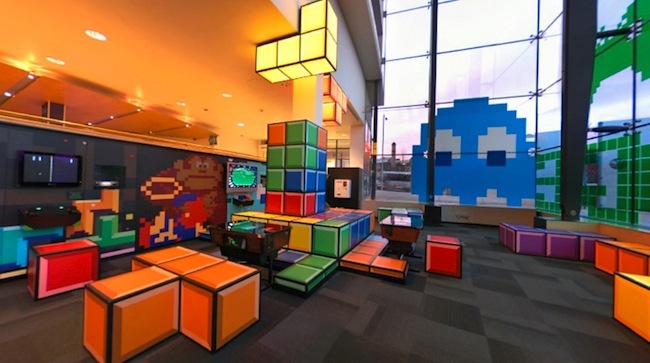
The Games Lounge in the foyer area
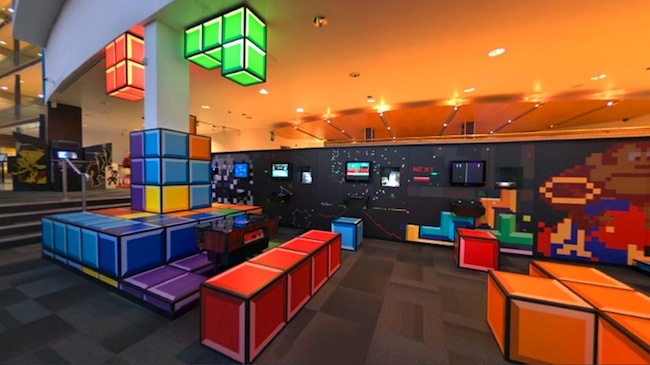
Retro games from your childhood to play in the foyer area
The museum now hosts the BBC’s Bradford offices, and studios for BBC Radio Leeds and the BBC Bradford and West Yorkshire Website. The glass-fronted atrium houses a coffee shop with fast food meals area, and a souvenir and gift shop. The museum also hosts a number of film festivals which attract international speakers and new and classic works from around the world. Harry Smith points out that it is a truly impressive operation, a place where the visitor can spend a whole day if need be and still want to go back for more. Entry to the museum itself is free to the public, whilst the IMAX 3D theatre complex is on a paid ticket entry of about 8 pounds. Harry says that he witnessed various school buses delivering and collecting visiting school and college students from different parts of the country. In addition to this the place was simply buzzing with lots of other visitors, members of the public and moviegoers.
Curator of Cinematography Michael Harvey (who helped establish the museum in 1983) explained the museum operations to Harry and how it is funded, and showed him their collection and restoration program, storage, displays etc. When they took over the building, a peppercorn rental was agreed with the local City Council, and that rental of one pound per year still stands.
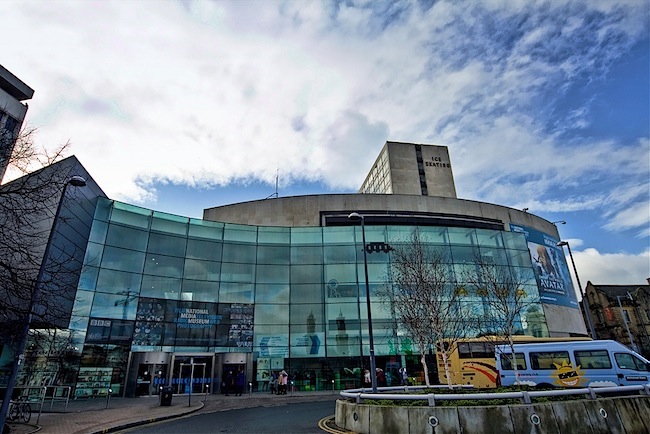
Harry was then given an extensive and informative tour of their facilities by one of the staff. He was shown their storage and restoration rooms, which are absolutely mind blowing with the amount of television and film equipment they have in storage, all housed on walls and walls of Dexion style racking and storage shelving. Some of the televisions in storage date back to 1936.
Harry was invited to take a look in their camera storage area, which he also found mind blowing, with items stored in racks and Compactus style mobile shelving systems. Some of the equipment sighted had been rejuvenated and some was even operational, although a large amount was simply awaiting restoration.
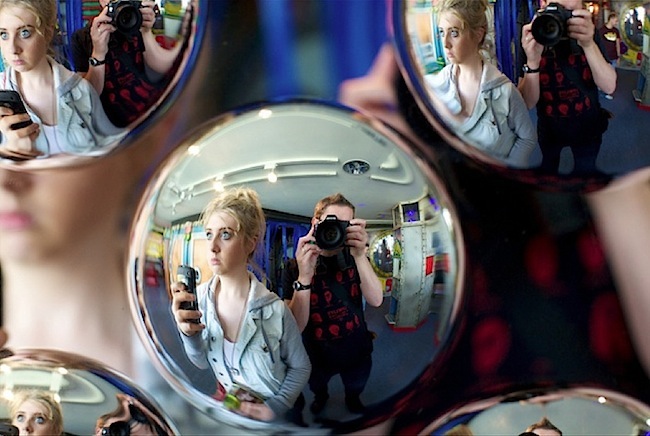
AMMPT’s Daryl Binning also had the opportunity to visit this prestigious museum, and commented on the amount of money required to set up the behind-the–scenes storage and restoration facilities, the scale of which only a public funded entity can provide – similar to that of the National Film and Sound Archive (NFSA) in Canberra.
It would be wonderful if we can emulate this in Perth, should our mining and resources rich environment welcome such an imaginative concept. The fact that Bradford attracts twice the number of tourists as the city’s population, should not be underestimated by forward thinking people. If it can be duplicated here, the number of added tourist dollars attracted to Western Australia would then be an incredible boost to our local economy, alluring consumers to the central business district and injecting much needed funds into our retail sector and accommodation industry.
Unlike Perth, which has demolished most of its early architecture, Bradford has many fine Victorian buildings still standing, with a rich history going back to the Saxon times. It is a city that has reinvented itself since the decline of its textile industry, to now be a very popular tourist destination that takes full advantage of the public’s keen interest in cleverly displayed media memorabilia. In the process, Bradford has substantially benefited from its entrepreneurial spirit, which wisely took advantage of these revenue generating opportunities.








Fantastic work to assemble all this data and it would be terrific if we can use some to assist our efforts in obtaining a home for our embro museum
Ron Frank current president of AMMPT W.A.
Best of luck with your efforts re wireless hill collection
We can only dream !
As always Ken you are doing a fantastic job presenting the story as it really is and I truly hope all of your efforts will be rewarded one day in the not too distant future.
Having had the same vision (as you are aware) for the last 10 years or more I can truly appreciate your enthusiasm, let’s all hope our dreams can become a reality sooner than we think.
Sadly for me, now having moved to New Zealand I will not be in a position to benefit, but I feel I can stiil pat you on the back for all of your continuous efforts.
Hopefully you may manage to convert the powers that be into your way of thinking sometime soon.
With Best Wishes
Harry Smith
Retired Vice President AMMPT 2006 to 2011.
Thanks for the update Ken,
Now back and living in Perth after 4 years of living my dream across the ditch in NZ.
I am also back on the AMMPT WA (Inc) Committee and still pursuing the concept of a working Media Museum in Perth.
Sadly our dreams of a future for our Media Museum in Perth is still a dream 6 years later and still a work in progress. I guess history takes time to eventuate?
Bearing in mind that WA is also an acronym for “Wait Awhile”.
As with most of our other pioneers in Western Australian Media, it’s our feeling that our energy enthusiasm and intentions need to be taken seriously, not only by our resource-rich businesses that could offer support but also by the relevant Government Departments and agencies.